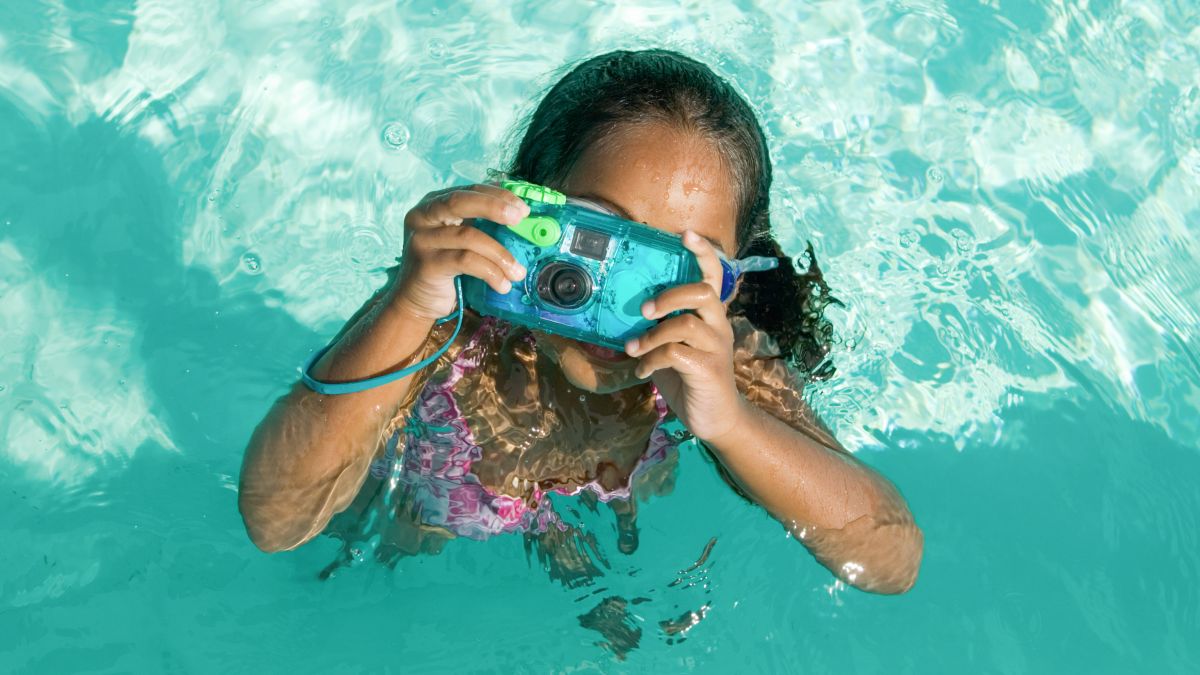Can Sound be Recorded if the Camera is Inside a Waterproof Case?

Introduction:
Sound recording is an essential aspect of modern-day camera technology. Whether it’s for vlogging, documentary filmmaking, or any other purpose, sound recording is crucial for producing high-quality audio-visual content.
However, when it comes to best action cameras waterproof, there are some limitations and challenges that come into play when it comes to recording sound.
The Impact of Waterproof Cases on Sound Recording:
Waterproof cases are designed to protect cameras from water damage, but they can also have a significant impact on sound recording quality. The sound-insulating properties of waterproof cases can significantly reduce the quality of audio recordings. This is because waterproof cases are made of thick, dense materials that absorb and block sound waves, making it difficult for the camera’s microphone to pick up audio.
The Importance of Good Sound Quality:
Good sound quality is essential in video production, as it can greatly enhance the overall viewing experience. Poor sound quality can be distracting, detracting from the visual content and making the video feel amateurish or low quality. In order to achieve good sound quality, it is important to consider the environment and conditions in which the recording is taking place.
The Solution:
External Microphones: One solution to the sound recording problem posed by waterproof cases is to use an external microphone. External microphones can be connected to the camera through a jack or a wireless connection. This allows for the microphone to be positioned outside the waterproof case, where it can pick up sound more effectively. By using an external microphone, you can ensure that the audio is of the highest quality, regardless of the conditions or environment in which the recording is taking place.
Underwater Microphones:
Another option is to use an underwater microphone, which is specifically designed for recording audio in water. Underwater microphones are waterproof and are able to pick up sound in wet environments. They can be attached directly to the camera or positioned nearby, allowing for optimal sound recording.
Advantages of Using External Microphones:
There are several advantages to using external microphones when recording sound with a camera inside a waterproof case. Firstly, they offer a much wider range of options when it comes to capturing sound. Whether you’re looking for a directional microphone to capture specific sounds, or a omnidirectional microphone to capture the ambient sounds of your environment, there are plenty of options available. This flexibility allows you to tailor your audio recording to suit your needs, ensuring that you capture the sound you want in the best possible way.
Additionally, external microphones are often more sensitive than the built-in microphones found in cameras. This increased sensitivity allows for clearer, more accurate audio recordings, even in noisy environments. Furthermore, many external microphones have a wider frequency range than built-in microphones, which means that they can pick up a wider range of sounds, from low-frequency bass sounds to high-pitched treble sounds.
Finally, external microphones often come with advanced features that can help to improve the quality of your audio recordings. For example, some microphones have built-in wind protection, which can help to reduce wind noise when recording outdoors. Others have adjustable sensitivity settings, allowing you to fine-tune the microphone’s response to the specific sound environment you’re working in.
Drawbacks of Using External Microphones:
While external microphones offer several benefits, there are also some drawbacks to consider. One of the main disadvantages is the cost. High-quality external microphones can be expensive, which may not be an option for everyone. Additionally, external microphones can be fragile and susceptible to damage, so you need to take good care of them when using them in the field. Furthermore, external microphones require power to function, so you’ll need to make sure that you have a reliable power source or that the microphone comes with its own rechargeable battery.
Advantages of Using Underwater Microphones:
Underwater microphones are specifically designed to capture sound in wet environments, making them ideal for use when recording sound with a camera inside a waterproof case. One of the main advantages of using an underwater microphone is that they are waterproof and designed to withstand the harsh conditions of being used underwater. This makes them more durable and reliable than external microphones, which can be damaged by water or moisture.
Another advantage of using an underwater microphone is that they can be positioned close to the sound source, ensuring that the audio is captured with clarity and accuracy. This is particularly useful when recording sounds that are difficult to pick up, such as fish or other aquatic animals. Additionally, underwater microphones often have built-in filters that can help to reduce noise and improve the clarity of your audio recordings.
Drawbacks of Using Underwater Microphones:
Like external microphones, underwater microphones also have some drawbacks to consider. Firstly, they can be expensive, which may not be an option for everyone. Additionally, they are designed specifically for use underwater, which means that they may not be suitable for recording other types of sound. Furthermore, they can be complex to use and may require some technical expertise to set up and operate correctly.
Conclusion
In conclusion, whether you choose to use an external microphone or an underwater microphone, it is important to consider the specific requirements of your sound recording needs. By considering the advantages and disadvantages of each option, you can make an informed decision that will ensure that you capture high-quality audio, even when your camera is inside a waterproof case. Whether you’re recording sound for a documentary, vlog, or any other purpose, having the right audio recording equipment will help to take your videos to the next level and ensure that they are well received by your audience.